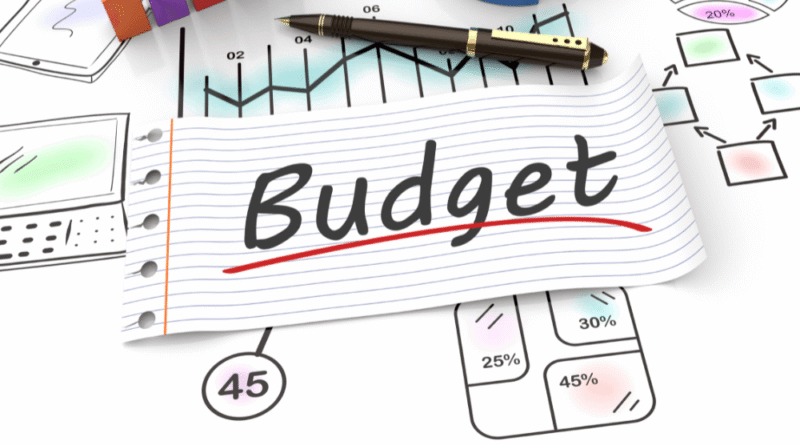Beginner’s Guide: How to Start a Budget That Actually Works
Budgeting doesn’t have to be complicated, overwhelming, or restrictive. At its core, a budget is simply a plan for how you want to use your money so you can reach your financial goals—whether that’s paying off debt, building savings, or finally taking that dream vacation. If you’ve ever tried to budget before and gave up because it “didn’t work,” you’re not alone. Many people struggle because they follow overly complicated systems or try to cut back too drastically. The good news? A budget that actually works is one that’s simple, flexible, and fits your lifestyle.
Here’s a step-by-step guide to get started:
1. Understand Why You’re Budgeting
Before diving into numbers, get clear on your “why.” Ask yourself:
- Do you want to pay off debt?
- Save for a down payment?
- Stop living paycheck to paycheck?
Your reason will keep you motivated when sticking to your budget feels tough.
2. Track Your Income and Expenses
The foundation of any budget is knowing what money is coming in and where it’s going. For at least one month:
- Write down all sources of income (salary, side hustle, freelance work, etc.).
- Track every expense—yes, even the $3 coffee runs.
Use tools like Mint, YNAB (You Need a Budget), or even a simple Excel sheet to make this easier.
3. Choose a Budgeting Method
There are several budgeting strategies, but the key is finding one that fits you. Some popular ones include:
- 50/30/20 Rule:
- 50% for needs (housing, utilities, food)
- 30% for wants (entertainment, eating out)
- 20% for savings and debt repayment
- Zero-Based Budgeting:
Every dollar has a purpose, with nothing left “unassigned.” - Envelope System:
Use physical envelopes (or digital categories) to allocate money for specific expenses. Once it’s gone, it’s gone.
4. Set Realistic Goals
Don’t expect to save half your paycheck overnight. Start small:
- Aim to save $100 this month.
- Pay an extra $20 toward your credit card.
- Cook one more meal at home each week.
These little wins build momentum.
5. Automate Where You Can
Make budgeting easier by setting up systems:
- Automate bill payments to avoid late fees.
- Set up automatic transfers to savings.
- Use apps that categorize your spending automatically.
6. Review and Adjust Monthly
Budgets aren’t set in stone. At the end of each month, ask:
- Did I stick to my budget?
- Where did I overspend?
- How can I adjust next month?
Flexibility is the secret to making your budget sustainable long-term.
7. Give Yourself Grace
You will overspend sometimes. That doesn’t mean you’ve failed. Just learn from it, make adjustments, and keep moving forward.
Final Thoughts
A budget that actually works isn’t about restriction—it’s about control and freedom. By knowing where your money goes and making intentional choices, you can reduce stress, achieve your financial goals, and build a healthier relationship with money.
Remember: the best budget is the one you’ll actually stick to. Start simple, stay consistent, and let your budget grow with you.
